A decisive Peace March will take place on October 23, one that may once again affirm that the government pursues the right policies. The gathering will begin at 9 a.m. on Budapest’s Elvis Presley Square, with the procession setting off at 11 a.m. to cross the Margaret Bridge, continue through Nyugati Square and Alkotmany Street, and arrive at Kossuth Square.
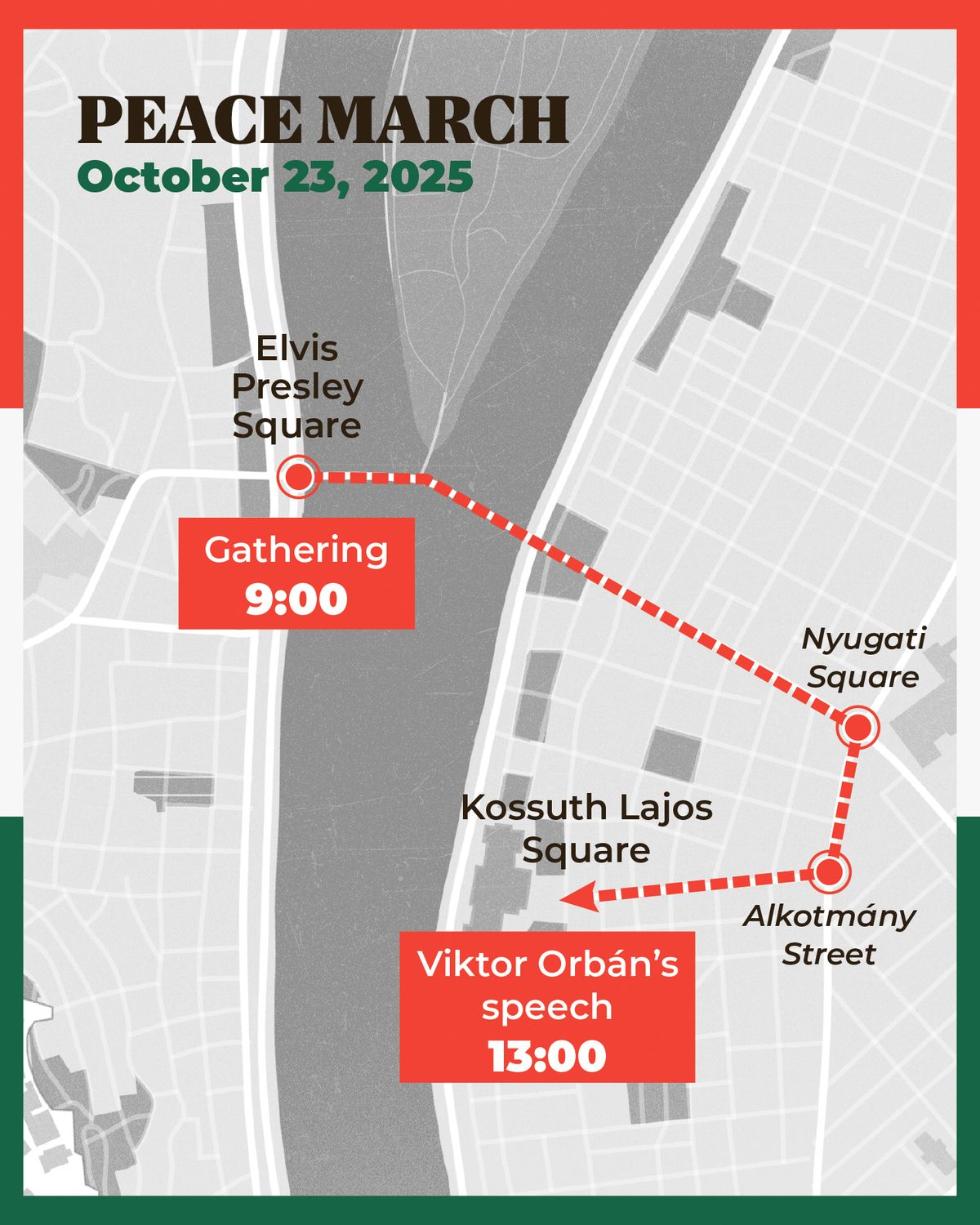
In his October 23 speeches in recent years, Viktor Orban has often reflected on international developments and their impact on Hungary.
The most we can now do for Hungary and Hungarian freedom is to not take part in other people’s wars,
the Prime Minister said last year.
The Stakes Are Enormous
At a press conference by the organizers, COF-COKA, Magyra Nemzet journalist and publicist Zsolt Bayer stated that the first-ever Peace March had been as significant as the upcoming October 23 event. He recalled that, just like today "two years ago the empire-building forces were tightening their grip on the Hungarian government."
Across Europe, leaders seem determined to enter into war at any cost. There are hardly any sober voices left within the European Union to resist this. The Hungarian Prime Minister is the one representing that voice of reason,
he said.
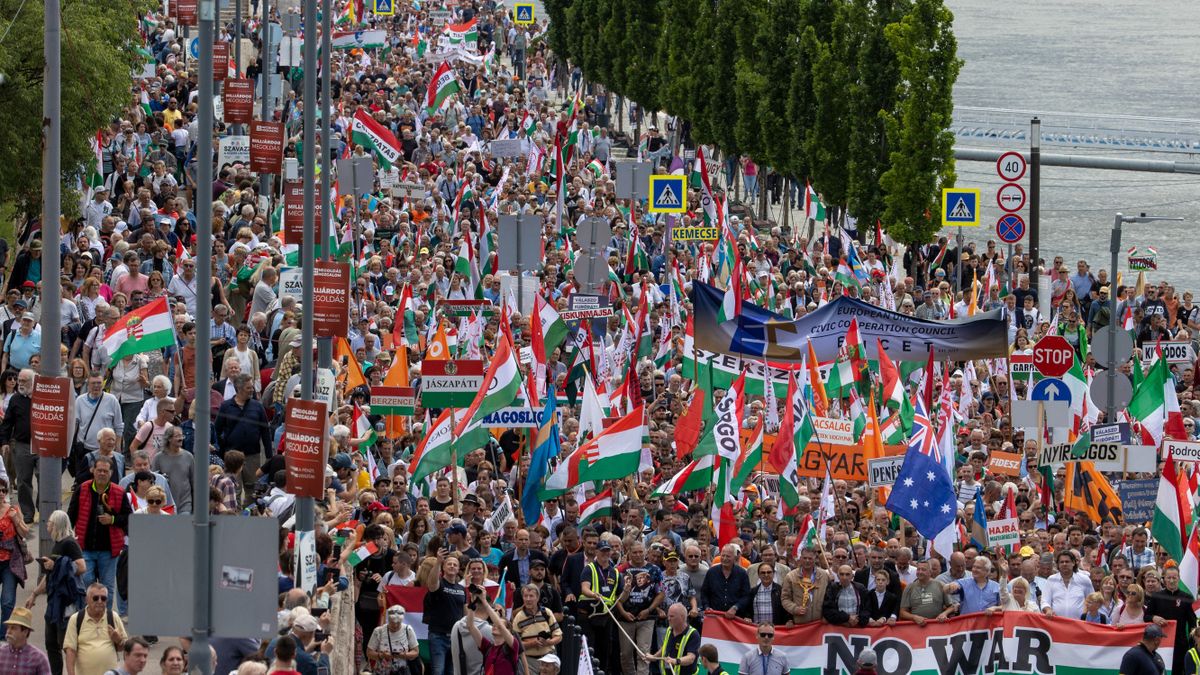
He added that EU leaders and the European Parliament "no longer care about anything since they are willing to uphold the immunity of common criminals."
On October 23, 1956, the Hungarian nation rose up against the Soviet Union. Today, the European Union treats us in a way that has become intolerable,
he underlined.
Hundreds of Thousands at the Peace Marches
The history of the Peace Marches goes back over a decade, with the first held in January 2012. The October 2025 event will be the eleventh.
List of previous Peace Marches:
- January 21, 2012
- March 15, 2012.
- October 23, 2012
- February 5, 2013 (held in Gyula)
- October 23, 2013
- March 29, 2014
- March 15, 2018
- October 23, 2021
- March 15, 2022
- June 1, 2024
Each Peace March has consistently drawn crowds numbering in the hundreds of thousands.
Standing in Support of the Government
At the very first Peace March in January 2012, roughly 400,000 people stood up for the Orban government, which was then under intense domestic and international attack. Never before had so many demonstrators taken to the streets in support of a sitting government. Five more peace marches followed until 2014, four in Budapest and one in Gyula. At each event in the capital, hundreds of thousands of people stood in support of the national government and expressed their commitment to Hungary’s independence and sovereignty. Hungarians from beyond the country's borders joined as well, along with Polish supporters who wished to show solidarity with Hungary’s national government.
The sixth Peace March, held one week before the 2014 parliamentary elections, was described by organizers as the largest ever, and it undoubtedly contributed to Fidesz’s second two-thirds majority victory.
The seventh Peace March, held three weeks before the 2018 election, again mobilized nearly 400,000 participants. After a three-and-a-half-year break, the movement returned in October 2021 with another massive turnout, marking the anniversary of the 1956 uprising and remembering the police violence under the Gyurcsany government fifteen years earlier.
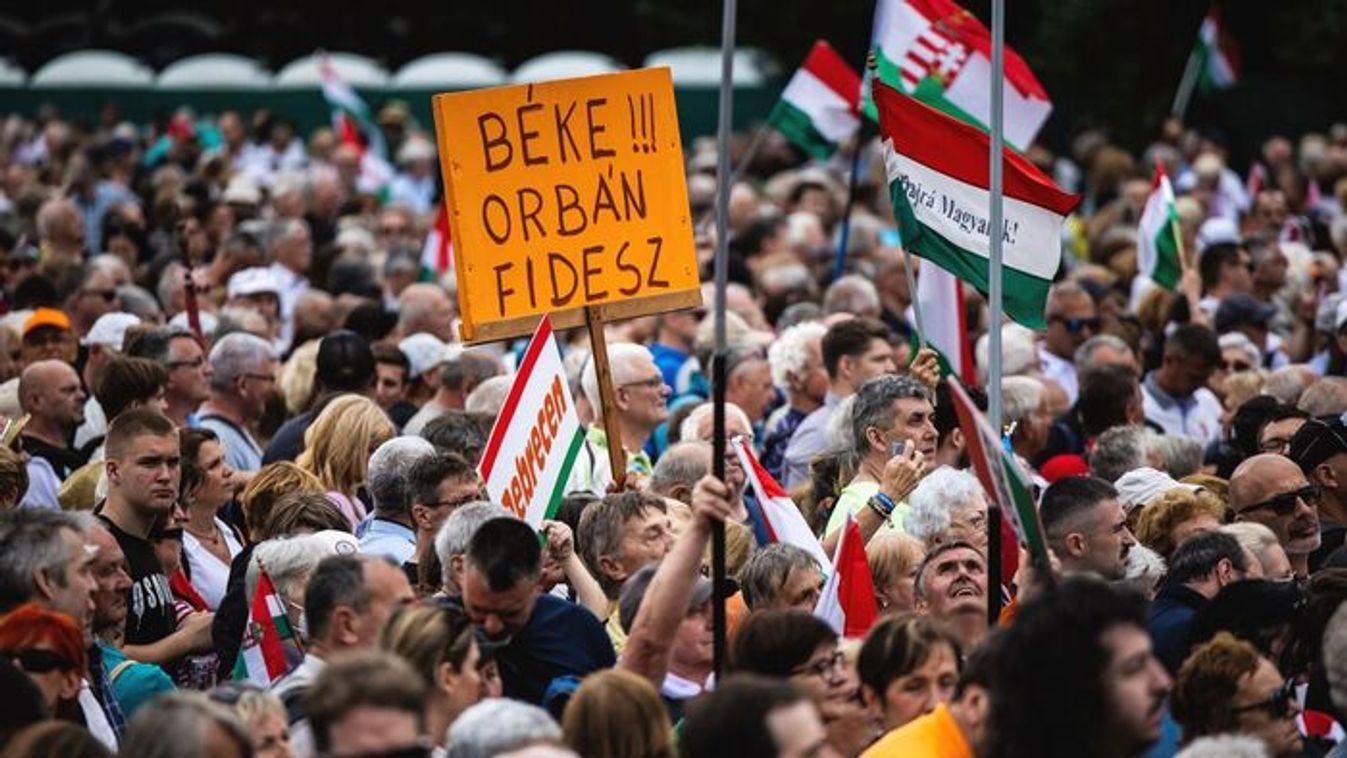
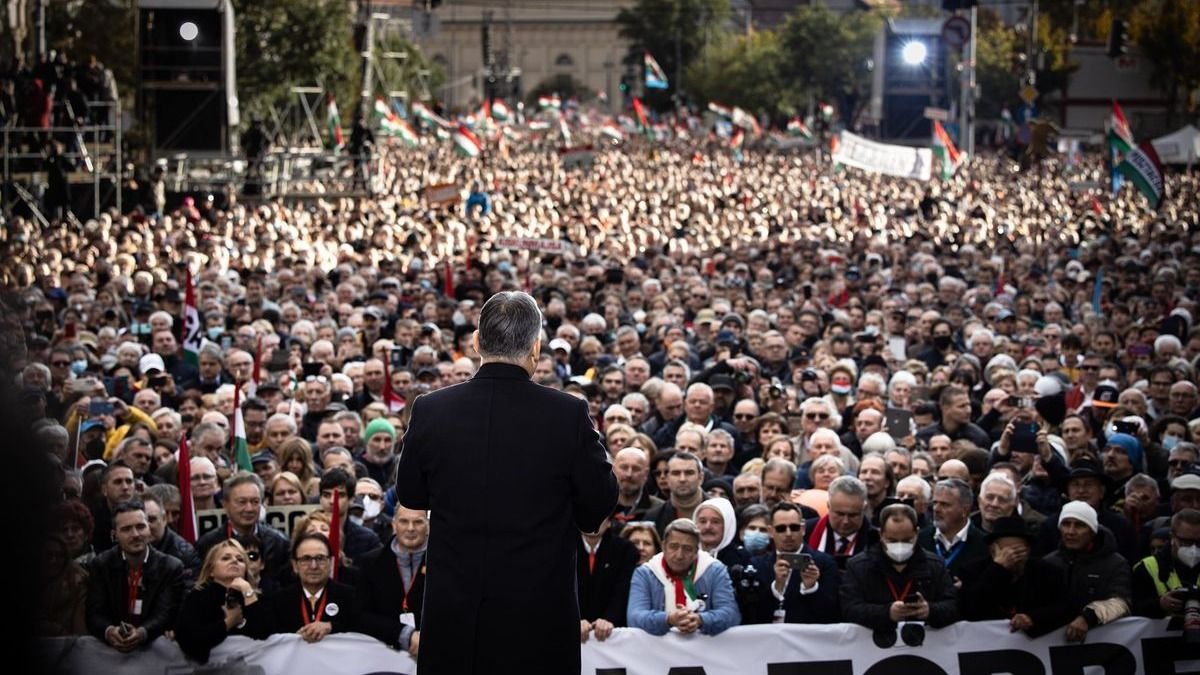
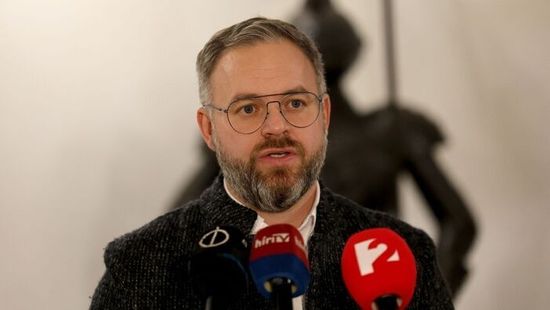

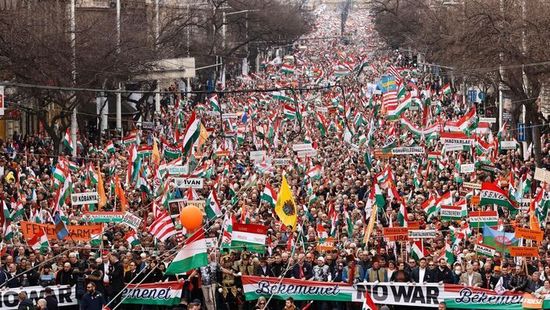


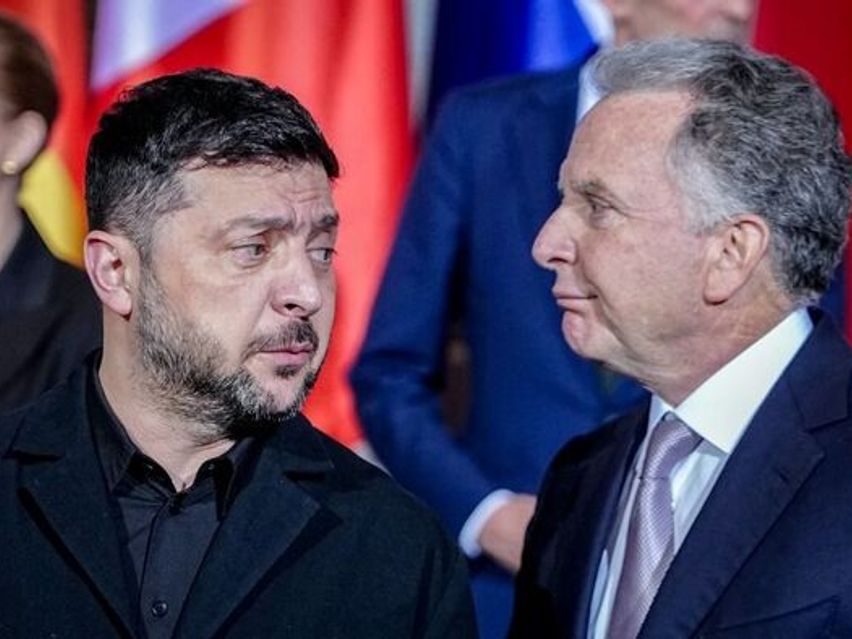
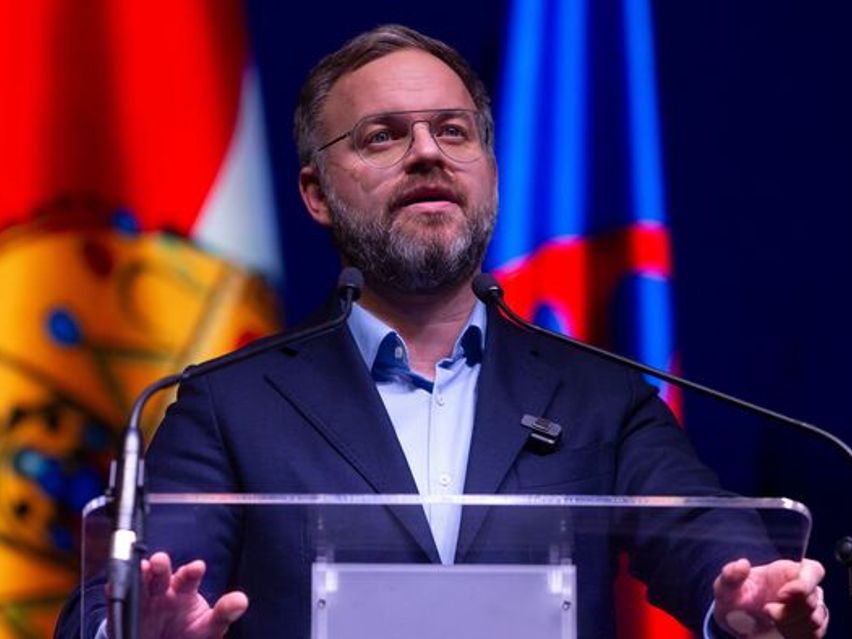





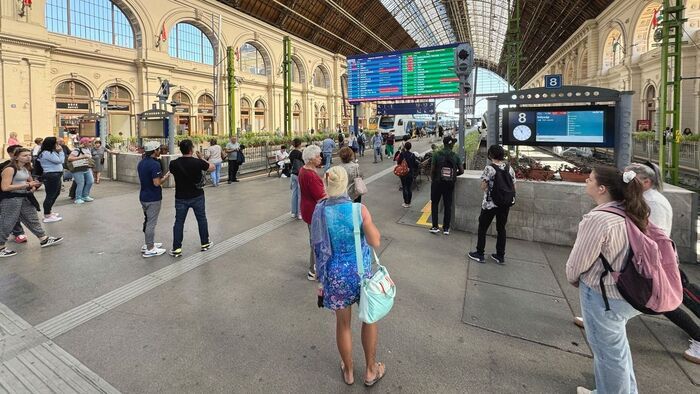
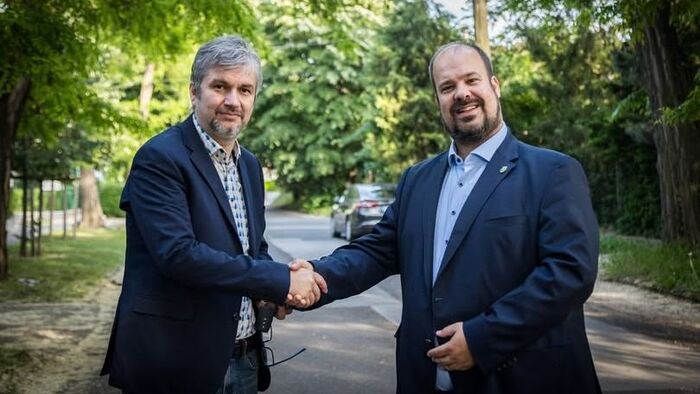

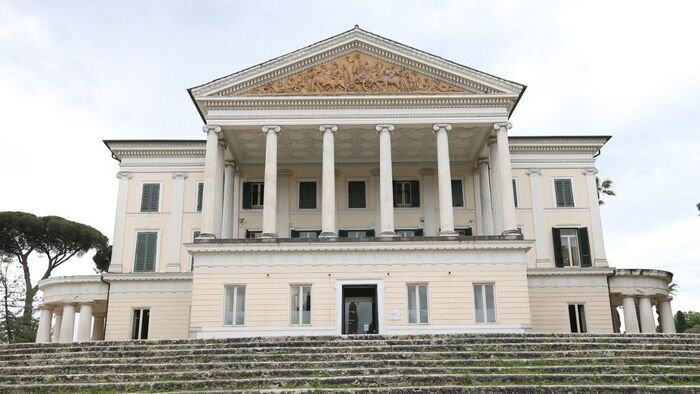
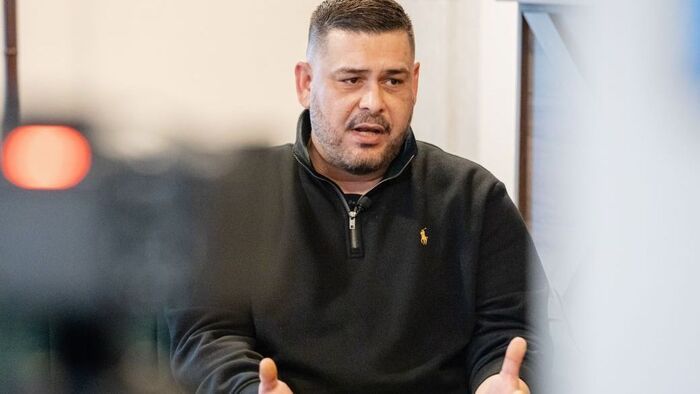

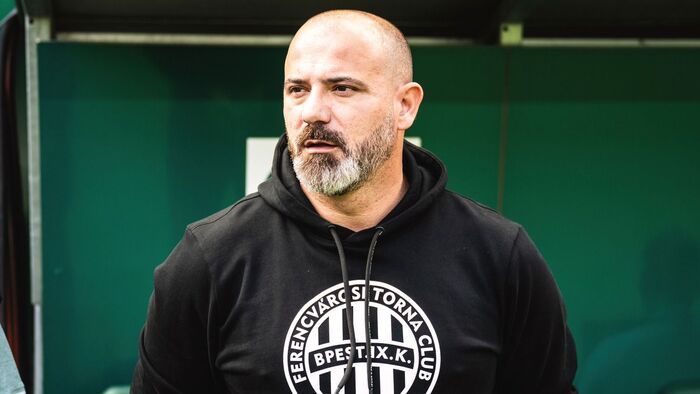
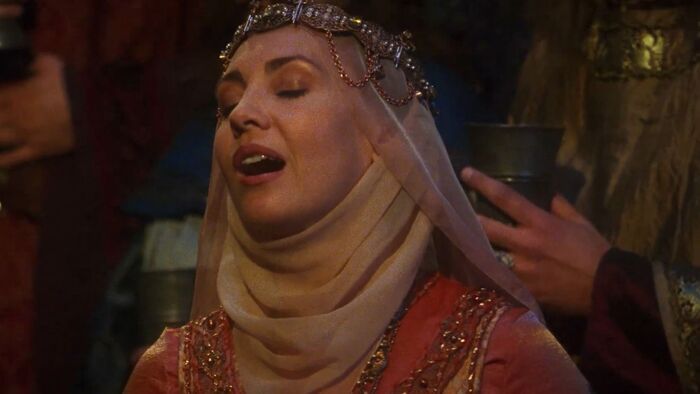
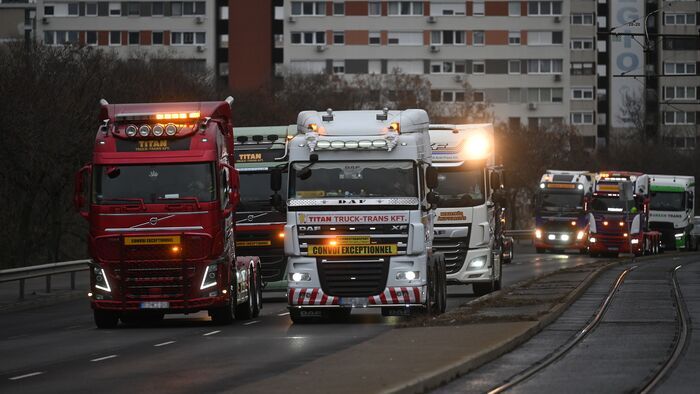

Szóljon hozzá!
Jelenleg csak a hozzászólások egy kis részét látja. Hozzászóláshoz és a további kommentek megtekintéséhez lépjen be, vagy regisztráljon!